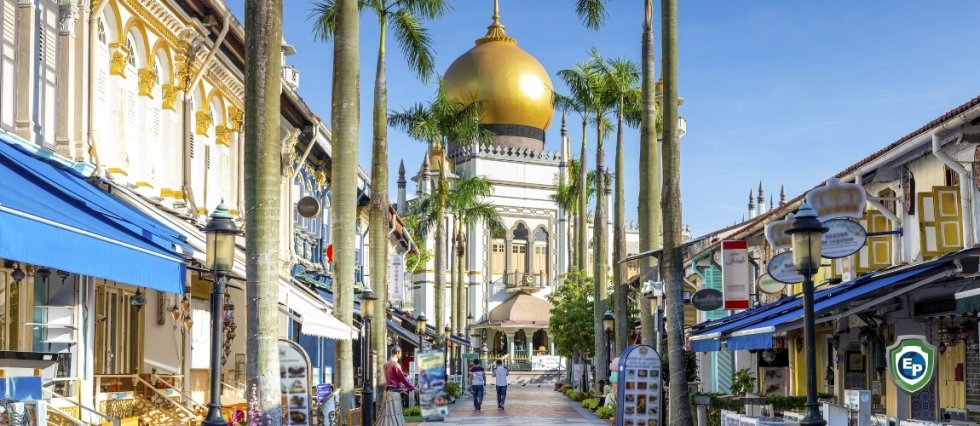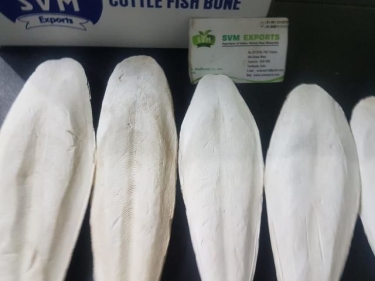U.S. Seeks Cooperation with Singapore & Vietnam in New Soft Power Approach
The US has been trying to build a strategic relationship with Singapore and Vietnam, with Vice-President Kamala Harris's trip to Southeast Asia becoming the stepping point. Come read our blog to learn more about what may come out of this partnership.

US Vice-President Kamala Harris toured Southeast Asia last month, visiting Singapore and Vietnam. Her goal was to build relations with the world’s most strategically important economic region for both the United States and China.
Singapore has been a longstanding US partner, mostly based on strong investment and trade cooperation. Vietnam has recently become Washington’s regional partner, driven by shared geopolitical concerns surrounding China’s advances in the South China Sea.
Economic Relations
The US is seeking to expand trade relations with both countries, in which the more established one is between the US and Singapore. According to the US Trade Representative (USTR), Singapore is the 17th largest trading partner of the US, with around $60 billion in bilateral trade each year. Most of this trade is in electrical and mechanical machinery, pharmaceuticals, and refined mineral oils.
US imports from Vietnam were much higher than from Singapore, reaching a record high of $84 billion in 2020. Those commodities include electrical and mechanical machinery, household furniture, and bedding. Compared to imports, US exports to Vietnam average a diminutive $10 billion per year.

Strategic Partnerships
Harris’s discussions with Singapore’s Prime Minister Lee Hsien Loong focused on agreements in the joint development of cybersecurity. Other deals include sharing best practices and developing critical technology, data security, and infrastructure protection. Moreover, they discussed a new climate partnership and the promotion of digital trade and cooperation in adopting international standards covering emerging technologies.
Another key topic is moving America’s global supply chains away from China. One strategy is “near-shoring,” whereby US companies are encouraged to set up in neighboring countries like Vietnam or Singapore. Notably, Vietnam has become a preferred location for manufacturing companies looking for alternatives to China. Harris’s visit to Vietnam will, therefore, likely have focused on this so-called China +1 Strategy.
Whether America’s new soft power approach for ASEAN will work remains to be seen; Harris’s mission to Southeast Asia was the first step. Long-term plans will be about enabling US companies to select local corporate partners more effectively without solely relying on China, fostering the climate, health, and other partnerships within the region.
Learn More with Export Portal
Found this article helpful? Then visit our site for more!


















Comments 2